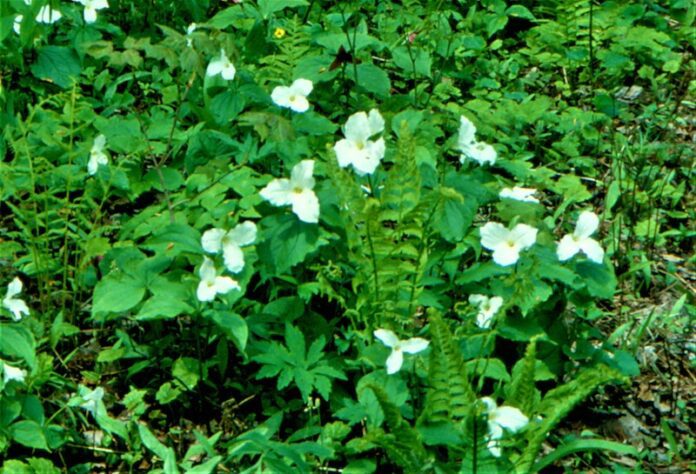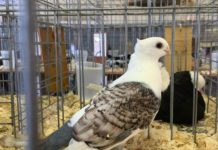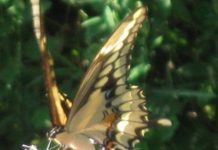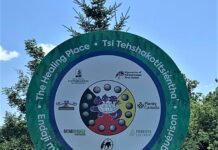by Philip Fry
A reader recently wrote to me about her property, asking for suggestions about what might be done to clean, restore, and plant it. Here is how she described the site: “A very, very irregular lot, it was for years the municipal gravel pit. On its only straight side it has the old road, lined with a low wall of rocks. Neglected and unkept for years, at least 50; but may be not ecologically damaged, precisely because of this human neglect. Lots of holes, unsafe for humans and ponies. Lots of very large rocks, obviously extracted from the pit and left behind. Not a wetland, but lots of water.”
As I read the message, I felt uneasy, knowing that my response would be inadequate. The site, as so many others in our region, has great potential and begs for careful restoration, but the range of resources necessary to do the job with the necessary care is only partially available. There are private enterprises that can help with some aspects of ecological restoration, and I hope they will be present at the upcoming Sustainability Fair in Kemptville on April 22; but, if we are to proceed with ecological remediation and biodiversity on the scale of our regional landscape, we will have to look to existing institutions and volunteers to ramp up our potential.
Let us begin with the Ferguson Forestry Centre, which has an outstanding record of providing inexpensive indigenous tree seedlings and saplings and for developing and overseeing its extensive mixed green spaces and woodlands open to the public. Briefly, The Centre is a non-profit corporation composed of two distinct units, the Ferguson Tree Nursery, and the management of the Ferguson Forest green spaces; both are under the guidance of a single board of directors. A volunteer group with its own board of directors and membership, The Friends of the Ferguson Forestry Centre, is mandated to raise funds and assist in the management of the public green spaces and woodlands, but does not participate directly in the work of the Tree Nursery. My pitch here is that an expansion of the Friend’s mandate to include volunteer support the Tree Nursery would be of great benefit to all concerned.
The Tree Nursery is self-funding, and all profits from sales are directed to the Forestry Centre’s green space program. While struggling with low income, staff shortages, and the need to improve the current staff’s skill set, it has already expanded its activities to include a list of about 25 species of indigenous wildflowers, mostly sun-loving. The hope is that it will be able to develop a market by supplying plants to residents and local stores, assist restoration projects and agencies such as the Canadian Wildlife Federation. But without strong assistance from volunteers, this effort will remain very limited, because if woodland species are to be included, the operation will not be commercially viable.
Let us, for example, take the work required to plant out a mature White trillium. Seed must be responsibly collected and documented from existing populations; the seed is hydrophilic, and therefore must remain moist and mould-free until planted. Initial rooting takes place after a full winter, and the first seed leaf appears in the second year. For the next five or six years, as the seedling grows, it needs tending and re-potting. Losses occur along the way, reducing the total number of viable plants. In the seventh year, if all has gone well, the plant blooms. The work required is so long-term and labour intensive, that it is not commercially profitable. But it is ecologically necessary if our regenerating woodlands are to host trilliums. Unlike prairie flowers that let their seeds fly on the wind, woodland species depend largely on ants and other insects for dispersal. If we don’t do it ourselves with viable plants, it won’t happen. And that means we need to muster up many volunteers and secure a centre from which to operate. Ah… the Tree Nursery.
Next time, I would like to begin discussing volunteer work with native species, its difficulties and rewards. If you have ideas to contribute, please contact me at wildflowerguy@gmail.com.









